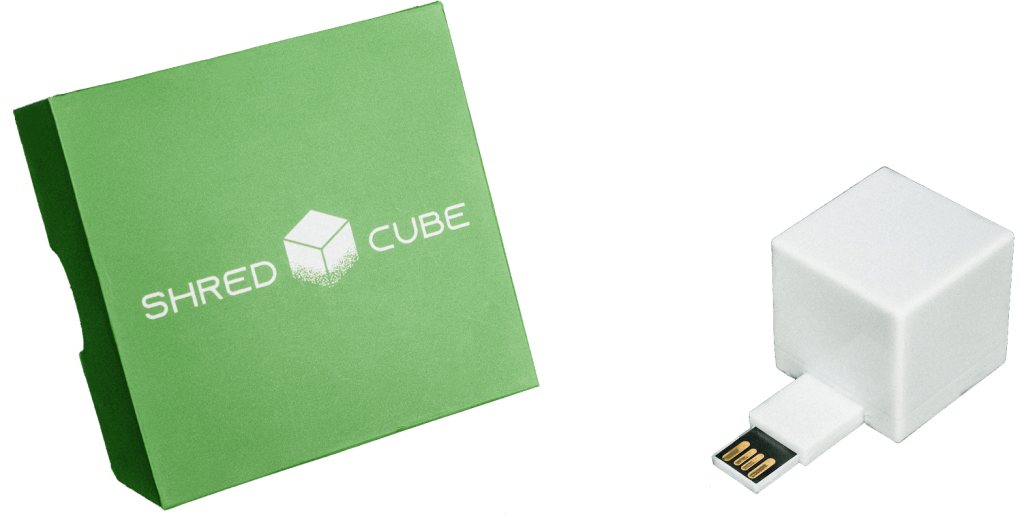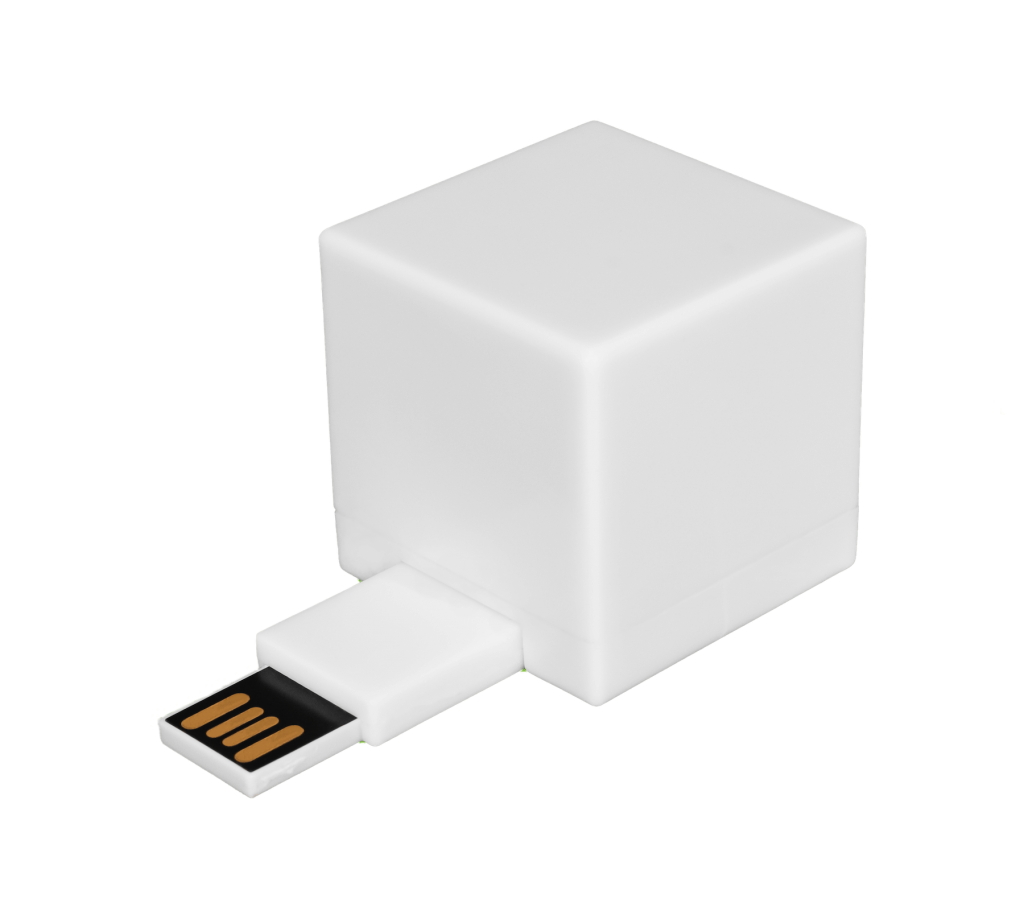As humans, navigating the internet helps us connect, engage, and create. In fact, the average person spends a massive 24 hours a week online. The digital world is filled with cybersecurity threats and cyber crime, however. Hackers attack every 39 seconds, and more than 158 accounts are hacked per second. Visiting the wrong website, opening the wrong email, or installing the wrong software can quickly subject us to threat actors — and once they’re in our system, they’re difficult to get out.
How do you know if your computer has been hacked, and what are bad actors looking for once they enter your system? Here’s what you need to know about computer hackers and how to tell if they’ve broken through your cybersecurity defenses.
What Hackers Are Looking For On Your Device?
It may seem like you’re safe from cybersecurity issues if you only use your device for personal things. Your computer isn’t attached to a massive corporate network, after all, and you probably don’t have access to hyper-critical company documents.
Believe it or not, that device contains a treasure trove of goodies for hackers who can use your information for ill-gotten gains — and tap your device’s processing power to launch attacks against bigger corporate systems. Here are a few reasons hackers may want access:
- Personal information (PI) for identity theft
Recent research has found 33% of American adults have experienced identity theft. For hackers, PI (credit card numbers, addresses, Social Security numbers, names, email accounts, etc.) represent cold, hard cash. They can use your PI to apply for credit, hack bank accounts, or even secure quick paydays on the black market. Worse yet, some hackers use ransomware to blackmail you to get that information back. - Cryptojacking
Cryptocurrency — a form of digital money — is an increasingly popular payment and investment option. These digital “coins” are produced when an increasingly complex math algorithm is solved. Computers need to contribute processing power to solve the equation as they’re far too complicated to crack by hand. Cryptojacking involves threat actors installing programs on your computer that sap your processing power and use it to “mine” for these digital coins. - Adware
Hackers often install Adware on computers they successfully breach. These malicious scripts display unnecessary ads on your computer to try to scam you into clicking. The hacker then collects a small amount of revenue from the ad company for each view. - Distributed denial of service (DDoS) attacks
Denial of service attacks involve overloading servers of major companies or services. To do this, hackers often use a botnet of computers which simultaneously send traffic to a specific website or service. This overloads that service and causes it to crash. Hackers will often install small scripts on hacked computers to use them as botnets. When they need to, they activate the script and steal processing power from your computer to execute the DDoS attack. - Stolen software
Of course, some hacks are simple. Hackers often breach computers to steal music, programs, and videos. - Chaos, pranks, and worms
Some hackers simply thrive on chaos. They may use your computer to spread worms and viruses which have no goal other than to destroy people’s data and cause friction.

5 Common Types of Hacks
In addition to knowing what hackers are looking for, it’s also important to understand the different types of attacks they use to meet their goals. These are some of the most common.
1. Cross-Site Scripting (XSS)
XSS attacks happen when malicious scripts are sent over trusted websites to your computer. Here are a few facts:
- When you go to a website, your computer automatically starts saving scripts and cookies to help it load content faster, customize experiences, and understand some of the website elements.
- However, sometimes threat actors get into the backend of trusted websites and inject malicious code that allows them to hijack cookies, track your browser sessions, and intercept critical passwords.
- Since your computer believes you’re on a trusted website, it doesn’t think twice before downloading these malicious files.
A recent study suggested that 70% of WordPress websites were vulnerable to threat actors, and 30,000 websites are hacked each day. In other words, no website is ever truly safe.
2. Man-in-the-Middle Attacks
The infamous man-in-the-middle attack involves three players: you, a server you’re trying to communicate with, and a hacker. Your computer is constantly sending packages (i.e., little digital files) across your network to tell your network what you’re doing and what you want to do. With man-in-the-middle attacks, a hacker intercepts these packets and uses them for nefarious reasons, like stealing passwords, credit card details, or breaching accounts. These types of cyber attacks are why it’s critical that you only use secure Wi-Fi connections whenever possible. Man-in-the-middle attacks almost exclusively happen in public Wi-Fi spaces.
3. Phishing
Have you ever seen a strange email pop up that looks like it’s from a trusted source, but either is from an incorrect email address or just feels a little off? That’s likely a phishing email. When hackers go phishing, they’re disguising themselves as credible sources with the intent to steal information. Phishing happens across all platforms, but it’s incredibly common through email.
4. Malware, Viruses, Trojans, and Worms
When you think of “hacking,” you probably think of viruses, right? Trojans, worms, and standard viruses are software designed to cause chaos on systems. Generally, viruses are designed to destroy things, not necessarily seek out PI.
5. Keyloggers
Hackers sometimes breach your computer to steal data, other times they wait for the data to come to them. Keyloggers are malicious spyware programs that record every keystroke you make and relay it back to the hacker. So, when you type in your bank details, log into social media, or use your credit card online, they know exactly what you typed.
How to Prevent Personal Computer Hacks?
There are a variety of ways threat actors can penetrate your systems, and there’s no perfect way to tell if yours has been breached. Hacks are often invisible and go completely unnoticed, but you can take some simple steps to prevent them from happening in the first place.
- Update constantly
Research has found that 55% of computer software worldwide is out-of-date. That’s a problem! Threat actors don’t rely on dusty old hacks and threats. They’re constantly inventing new ways to breach your computer. Keeping your operating system, firewall, antivirus software, and anti-malware software up-to-date is crucial. - Avoid local Wi-Fi
Busting out your computer at McDonald’s may be convenient, but it’s rarely safe. Public Wi-Fi spaces are prime opportunities for threat actors. Stay on your secured home network and use your router whenever possible. - Erase before you sell
Up to 78% of used hard drives still contain PI when they’re sold. You need to delete that data. Hackers are constantly scouring for old hard drives. It’s a quick-and-easy way to secure PI. Here’s where things get scary: Simply deleting your data isn’t enough, and you need a permanent file shredding solution to keep your old PI out of hackers’ hands. - Two-factor authentication (2FA)
According to Microsoft, 2FA prevents 99.9% of hacks. It involves using more than one layer of protection on your online accounts (e.g., password + email, password + text, etc.), and can be a game-changer when used with strong passwords that combine special characters, numbers, and letters. - Check before you open/click
Don’t click untrustworthy links! Think twice before you open that email attachment, visit a website, or download a program. Assume everything is malware until proven otherwise. - Antivirus and anti-malware security software
Every computer should have an antivirus program and anti-malware program. These two solutions actively help prevent threats from impacting your systems.
How A Digital File Shredder Can Help
All these hacks designed to steal your personal data, meaning disposing of PI-sensitive content is a surefire way to protect yourself against problems. Traditional file deletion doesn’t work because your data is still around after you drag a file to the recycling bin or trash can and click delete. Instead of permanently erasing the data, your computer simply deletes markers that tell your hard drive where that data is located. Those files can still be recovered.
Digital file shredding solutions like ShredCube don’t just eliminate hard drive references, but instead completely shred those files to safely, securely, and permanently delete them. Are you looking to make sensitive files and data on your computer disappear? Contact us today to learn more or to speak with a representative about how permanent digital file shredding can help.












